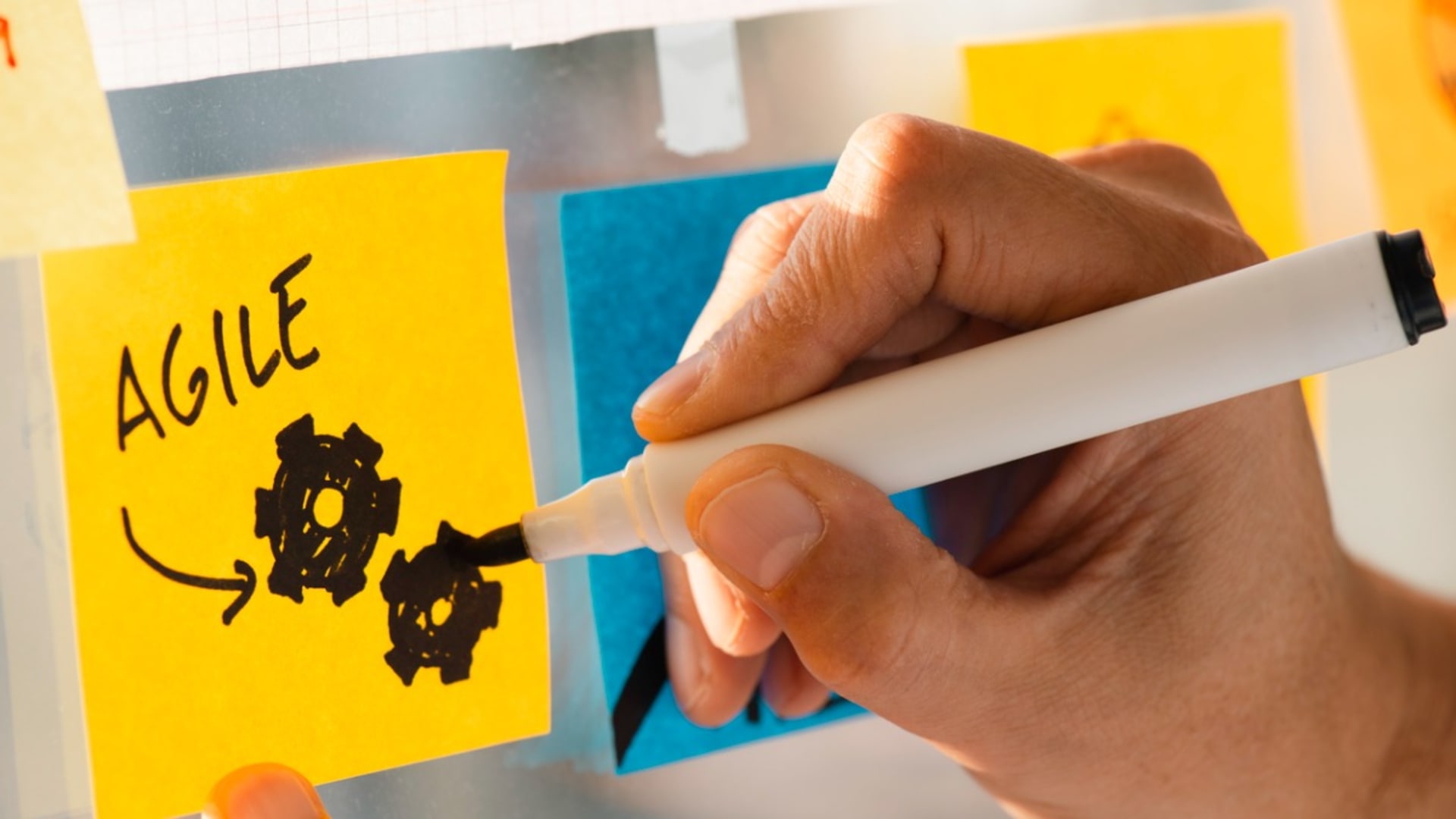Manual Testing Development Company
Our Manual Testing development services already power dozens of active engagements. We typically land our teams within 2 weeks, so you can start shipping top quality software, fast.
500+ companies rely on our top 1% tech talent.
Manual Testing Development Services We Provide
Exploratory Testing
Discover hidden issues, and get immediate feedback. Through a flexible and adaptive approach, we explore your application to identify defects, usability issues, and areas for improvement.
Functional Testing
Functionality and reliability are fundamental to your application. Our testers verify that each component of your application performs according to your specifications.
Our testers validate input and output behavior, data manipulation, and system interactions by designing comprehensive test cases that cover all functional requirements and edge cases. Whether you're developing a web application, mobile app, or enterprise software, we use tools like Selenium WebDriver, Appium, and TestComplete to help you deliver high-quality software.
Usability Testing
Your primary goal is to deliver exceptional user experiences. Our usability testers evaluate your application's user interface and interaction design to ensure ease of use and efficiency.
Through a combination of task-based testing, heuristic evaluation, and user feedback analysis, we identify usability issues and navigation challenges. We garner actionable insights to enhance your application's user experience.
User Acceptance Testing
Your app must respond to the needs of your audience. Ensure that your software meets user requirements and expectations with user acceptance testing (UAT).
We collaborate with stakeholders to define acceptance criteria and scenarios. By simulating real-world usage scenarios and soliciting feedback from end-users, we verify that your software meets expectations before deployment. Our testers leverage tools like TestRail and TestCollab to ensure your software’s usability, functionality, and performance.
Localization Testing
Expand your global reach and ensure cultural relevance with our localization testing service. Our testers validate that your software is linguistically and culturally appropriate for target markets.
We consider language, date, time, currency formats, and other localization concerns to ensure a seamless user experience across different locales and languages. Our testers use tools like Passolo and platforms like MemoQ, Localize, and Crowdin to deliver a localized experience that resonates with diverse users.
Compatibility Testing
Maximize your software's compatibility and accessibility across devices and platforms. Our testing experts evaluate your application's performance, functionality, and user experience on various browsers, operating systems, and devices.
Using testing platforms like BrowserStack, CrossBrowserTesting, and Sauce Labs, we identify compatibility issues and proactively resolve them. The result? Less user frustration and enhanced satisfaction. Whether you're targeting desktops, smartphones, or other operating systems, we ensure satisfactory experiences for all users.
Mobile Testing
Deliver engaging mobile experiences for users on the go. We assess your mobile application's functionality, usability, performance, and security across different devices, screen sizes, and operating systems.
By employing a combination of manual testing and automation tools like Appium and XCTest, we validate key features, user flows, and interactions. Whether you're creating native or hybrid apps, we help you uncover any bugs or issues early in the development cycle so you can deliver high-quality solutions.
Rolls Royce case study
BairesDev developed a cutting-edge progressive web app (PWA) for Rolls Royce to enable real-time monitoring of multiple nuclear plants, ensuring optimal performance through rigorous QA sessions. Rolls Royce Case Study.

Key Things to Know About Manual Testing
Best Practices for Manual Testing
Develop comprehensive test plans to outline testing objectives, scope, and resources.
Gain a deep understanding of user requirements and expectations to tailor testing efforts and validate alignment with user needs.
Design test cases to cover various scenarios and functionalities. This ensures exhaustive testing of application features.
Prioritize and schedule testing activities based on criticality and risk factors. This optimizes resource utilization and boosts efficiency.
Set up test environments to replicate production conditions and facilitate realistic testing scenarios.
Define a clear test execution strategy, outlining testing approaches and methodologies.
Conduct exploratory testing to uncover hidden defects and evaluate the user experience.
Utilize testing checklists to ensure comprehensive coverage of testing procedures and adherence to testing standards.
Document findings like test results, observations, and identified defects for effective tracking and resolution.
Simulate real user interactions to validate usability and functionality under realistic usage scenarios.
Report defects with detailed information to facilitate timely resolution and quality improvements.
Generate comprehensive test reports to communicate outcomes, findings, and recommendations to stakeholders.
Establish feedback loops with users and stakeholders to gather insights, address concerns, and drive improvement.
Foster a culture of continuous improvement, encouraging iterative testing practices and identifying room for enhancements.
Facilitate collaboration and communication among testing teams, developers, and stakeholders to ensure alignment and transparency throughout the testing process.
Why Choose BairesDev for Manual Testing Development

Robust Security Measures
Security is a top priority for us. We assess your application's security posture by conducting thorough penetration testing and vulnerability assessments to identify and address potential risks. We safeguard sensitive data and protect your systems from threats through data encryption, authorization and authentication protocols, and strict NDAs.
Custom Solutions
Explore tailored testing solutions with our manual testing services that are strategically designed to meet your diverse business needs. Whether you require functional testing, usability testing, or localization testing, we provide a range of solutions specific to your project requirements. We collaborate closely with your team to understand your goals and challenges.
Flexible Engagement Models
The ability to adapt to changing project demands and requirements is important. We offer three flexible engagement models: staff augmentation, dedicated teams, and end-to-end software outsourcing. Our agile approach allows us to ensure seamless collaboration, timely delivery, and alignment with your project objectives.
Our process. Simple, seamless, streamlined.
We'll start by discussing your goals for your Android app, including the engagement model that's best for your business. We'll also review your budget, timeline, and requirements.
After determining the approach we'll use, we will choose the best-fit Android developers and team members to build your app autonomously or work side-by-side with your internal team.
Once we've assembled your team, we'll get to work. No matter which engagement model you choose, you'll retain oversight. We'll keep you fully informed throughout development.
Frequently Asked Questions (FAQ)
Why should I outsource manual software testing services?
Outsourcing testing to a manual testing company offers several advantages. Some benefits include access to a global talent pool, which may have specialized and niche expertise that's not available in-house or in your immediate vicinity. Additionally, outsourcing often improves efficiency, scalability, and flexibility and reduces costs.
When should you choose manual testing over automation testing?
While automation testing is a preferred approach to software testing in many cases, manual testing is a better alternative in certain instances. For example, manual testing is useful when you're working with complex user experience assessments or user interfaces. It's also essential for exploratory testing. When the software is still in its early stages of development or the project is relatively short-term, manual testing can be a better approach than test automation as well.
What is automation testing?
Automation testing is a QA testing approach in software development. It involves using specialized tools to execute test cases that have been create with automated test scripts. The goal of this approach is to automate repetitive and time-consuming tasks and processes, thereby increasing efficiency, speed, and test coverage. Leveraging this approach, testers can conduct more tests in less time and detect defects early on.
Automation testing is especially useful for regression testing, load testing, and performance testing. Manual testing is better suited for exploratory testing, usability testing, and any type of testing that demands human intuition and an understanding of the user experience.
What are manual testing tools?
Manual testing tools are software applications that make the manual testing process more efficient and organized. These tools help testers with activities such as test case creation, bug reporting, and execution tracking. They enhance collaboration and communication among team members and improve insight and visibility into the testing process.
Examples of manual testing tools include:
- Test management tools such as TestRail and Zephyr
- Defect tracking tools such as JIRA and Bugzilla
- Documentation tools such as Confluence and Google Docs
What is the manual testing process?
The manual testing process is iterative. Usually, it involves several rounds of testing to confirm that the software meets its requirements and functions as intended. These steps involve:
- Requirements analysis
- Test planning
- Test case development
- Test environment setup
- Test execution
- Defect logging
- Test closure
Why is manual testing important?
Manual testing is an important part of the quality assurance process in software development. It facilitates a detailed assessment of the software from the end-user's perspective. By conducting manual testing, testers can identify usability issues, better understand user interactions, and catch bugs that you might not spot via automated testing.
Manual testing ensures that the software is not only functional but also aligned with user expectations. This leads to a higher-quality software solution overall.
How do you measure the effectiveness of manual testing?
You can measure the effectiveness of manual testing through metrics such as:
- The number of defects found
- Test coverage
- Defect leakage
- Test execution time
- User feedback and satisfaction
What skills are important for a manual tester?
A manual tester should have various technical and interpersonal skills. Technical skills and competencies include an understanding of software development and testing methodologies, such as Agile and Scrum, and a basic knowledge of coding. Interpersonal or soft skills manual testers should have include strong attention to detail, creativity, critical thinking, communication, and analytical skills.
Can you use a combination of manual and automated testing approaches?
Yes, combining manual and automated testing approaches is an effective way to evaluate quality in the software development life cycle. This strategy takes advantage of the speed and efficiency of automated testing for repetitive and regression tasks, along with the human touch in manual testing involving exploratory and usability testing. By blending these approaches, testers ensure comprehensive coverage, optimize resources, and enhance the quality of the software solution.
How Businesses Can Overcome the Software Development Shortage
BairesDev Ranked as one of the Fastest-Growing Companies in the US by Inc. 5000

See how we can help.Schedule a Call










